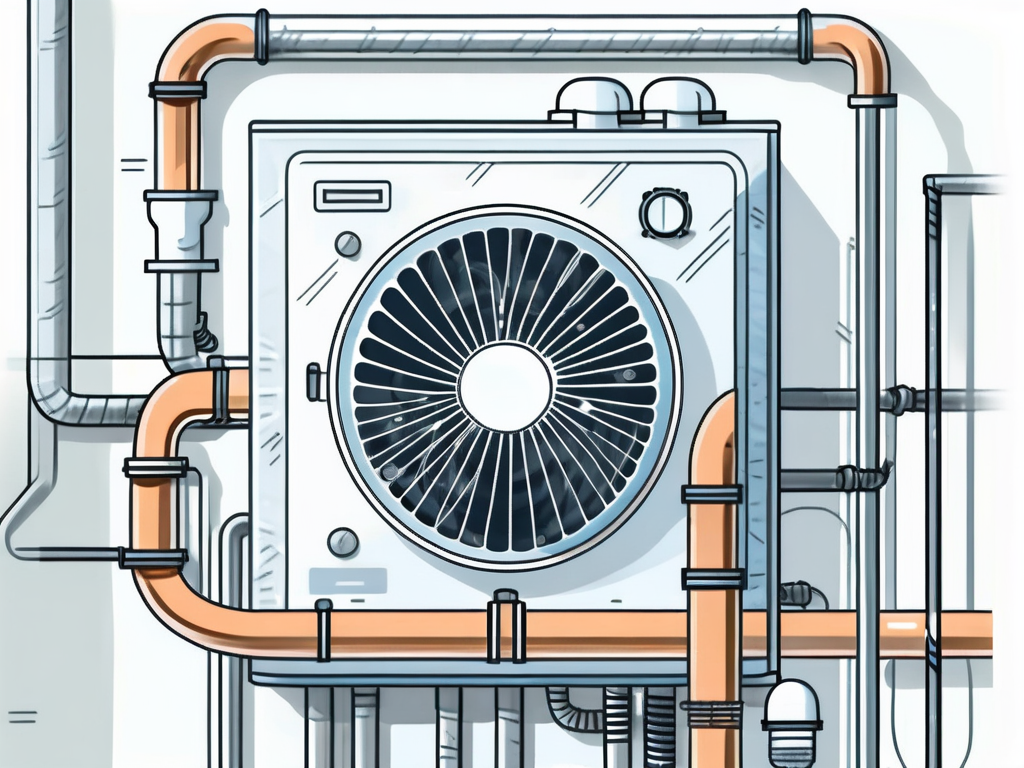Airborne particles, also known as particulate matter or PM, are tiny pieces of solid or liquid matter suspended in the air. These particles can come from a variety of sources and can have a significant impact on indoor air quality. Understanding the nature, sources, and effects of airborne particles is crucial for maintaining a healthy indoor environment.
The size, composition, and concentration of airborne particles can vary greatly, depending on factors such as the source of the particles, the ventilation in the space, and the presence of people or activities that generate particles. Despite their small size, airborne particles can have a significant impact on human health, as well as on the quality and comfort of the indoor environment.
Types of Airborne Particles
There are many types of airborne particles, each with its own characteristics and potential effects on health and indoor air quality. These particles can be broadly categorized into two types: coarse particles and fine particles.

Coarse particles, also known as PM10, are particles with a diameter of 10 micrometers or less. These particles are typically generated by mechanical processes, such as grinding or crushing, and can include dust, pollen, and mold spores.
PM2.5
Fine particles, also known as PM2.5, are particles with a diameter of 2.5 micrometers or less. These particles are typically generated by combustion processes, such as burning of fossil fuels or wood, and can include soot, smoke, and vehicle exhaust particles.
Due to their small size, PM2.5 particles can penetrate deep into the lungs and even enter the bloodstream, posing a significant risk to health. These particles can also carry other pollutants, such as heavy metals or organic compounds, further increasing their potential impact on health.
Ultrafine Particles
Ultrafine particles, also known as PM0.1, are particles with a diameter of 0.1 micrometers or less. These particles are typically generated by high-temperature processes, such as vehicle exhaust or industrial emissions, and can include metal oxides, organic compounds, and viruses.
Due to their extremely small size, ultrafine particles can penetrate deep into the lungs and even enter the bloodstream, posing a significant risk to health. These particles can also carry other pollutants, such as heavy metals or organic compounds, further increasing their potential impact on health.
Sources of Airborne Particles
Airborne particles can come from a variety of sources, both inside and outside the home. Understanding these sources can help in managing and reducing exposure to these particles.
Indoor sources of airborne particles can include cooking, cleaning, smoking, burning candles or incense, and activities that generate dust, such as vacuuming or moving furniture. Pets can also generate airborne particles through dander, hair, and dirt.
Outdoor Sources
Outdoor sources of airborne particles can include traffic, industrial emissions, construction activities, and natural sources such as pollen, mold spores, and dust storms. These particles can enter the home through windows, doors, and ventilation systems, or can be brought in on clothing or shoes.
Weather conditions can also affect the concentration of airborne particles. For example, wind can stir up dust and pollen, while high humidity can promote the growth of mold and other biological particles.
Indoor Sources
Indoor sources of airborne particles can include cooking, cleaning, smoking, burning candles or incense, and activities that generate dust, such as vacuuming or moving furniture. Pets can also generate airborne particles through dander, hair, and dirt.
Materials and furnishings in the home can also generate airborne particles. For example, particleboard and other composite wood products can emit formaldehyde, a volatile organic compound that can form secondary particles in the air. Similarly, carpets and upholstered furniture can release fibers and dust particles into the air.
Effects of Airborne Particles on Health
Airborne particles can have a significant impact on health, particularly for people with respiratory conditions, the elderly, and children. The size of the particles is a key factor in determining their potential impact on health.
Coarse particles can irritate the eyes, nose, and throat, and can exacerbate respiratory conditions such as asthma. Fine and ultrafine particles can penetrate deep into the lungs and even enter the bloodstream, potentially causing a range of health effects, from respiratory symptoms to cardiovascular disease and cancer.
Respiratory Effects
Exposure to airborne particles can cause a range of respiratory symptoms, including coughing, wheezing, shortness of breath, and exacerbation of asthma or chronic obstructive pulmonary disease (COPD). Long-term exposure can also increase the risk of developing respiratory diseases, such as bronchitis or lung cancer.
Children, the elderly, and people with pre-existing respiratory conditions are particularly vulnerable to the respiratory effects of airborne particles. For these individuals, even short-term exposure can cause significant symptoms and health effects.
Cardiovascular Effects
Research has shown that long-term exposure to fine and ultrafine particles can increase the risk of cardiovascular disease. These particles can cause inflammation and oxidative stress, which can damage the blood vessels and lead to conditions such as atherosclerosis, heart attack, and stroke.
People with pre-existing cardiovascular conditions, the elderly, and people with certain genetic factors are particularly vulnerable to the cardiovascular effects of airborne particles. Even short-term exposure can increase the risk of heart attack and other acute cardiovascular events.
Managing Airborne Particles
There are several strategies for managing airborne particles and improving indoor air quality. These include source control, ventilation, air cleaning, and personal protective measures.

Source control involves identifying and reducing the sources of airborne particles. This can include activities such as maintaining a clean home, avoiding smoking indoors, and choosing low-emission products and materials.
Ventilation
Ventilation can help to reduce the concentration of airborne particles by bringing in fresh outdoor air and removing indoor air. This can be achieved through natural ventilation, such as opening windows and doors, or through mechanical ventilation, such as using fans or air conditioning systems.
However, ventilation can also bring in outdoor airborne particles, so it is important to consider the outdoor air quality when using this strategy. In areas with poor outdoor air quality, air cleaning may be a more effective strategy.
Air Cleaning
Air cleaning involves using devices to remove airborne particles from the air. This can include mechanical filters, such as those used in HVAC systems, or electronic air cleaners, such as ionizers or electrostatic precipitators.
It is important to choose an air cleaner that is appropriate for the size of the space and the type of particles that are present. For example, HEPA filters are effective at removing fine and ultrafine particles, but may not be as effective at removing coarse particles or gases.
Personal Protective Measures
Personal protective measures can include actions such as staying indoors on days with poor outdoor air quality, using air purifiers, and wearing masks or respirators when necessary. These measures can be particularly important for individuals who are sensitive to airborne particles, such as those with respiratory conditions, the elderly, and children.
While these measures can help to reduce exposure to airborne particles, they are not a substitute for source control and ventilation. It is important to take a comprehensive approach to managing airborne particles and improving indoor air quality.
Conclusion
Airborne particles are a significant factor in indoor air quality and can have a range of effects on health. Understanding the types, sources, and effects of these particles is crucial for maintaining a healthy indoor environment.

There are several strategies for managing airborne particles, including source control, ventilation, air cleaning, and personal protective measures. By taking a comprehensive approach to managing airborne particles, it is possible to improve indoor air quality and protect health.



